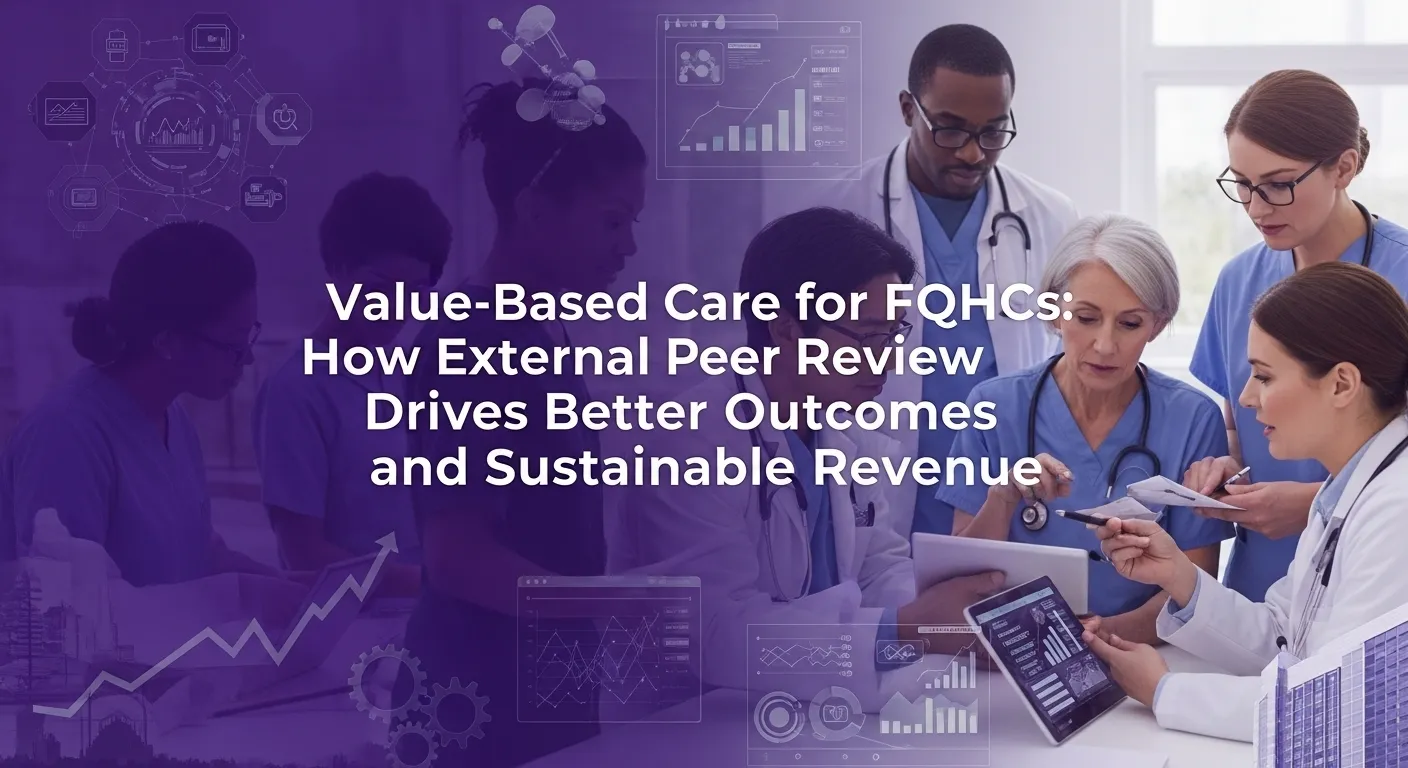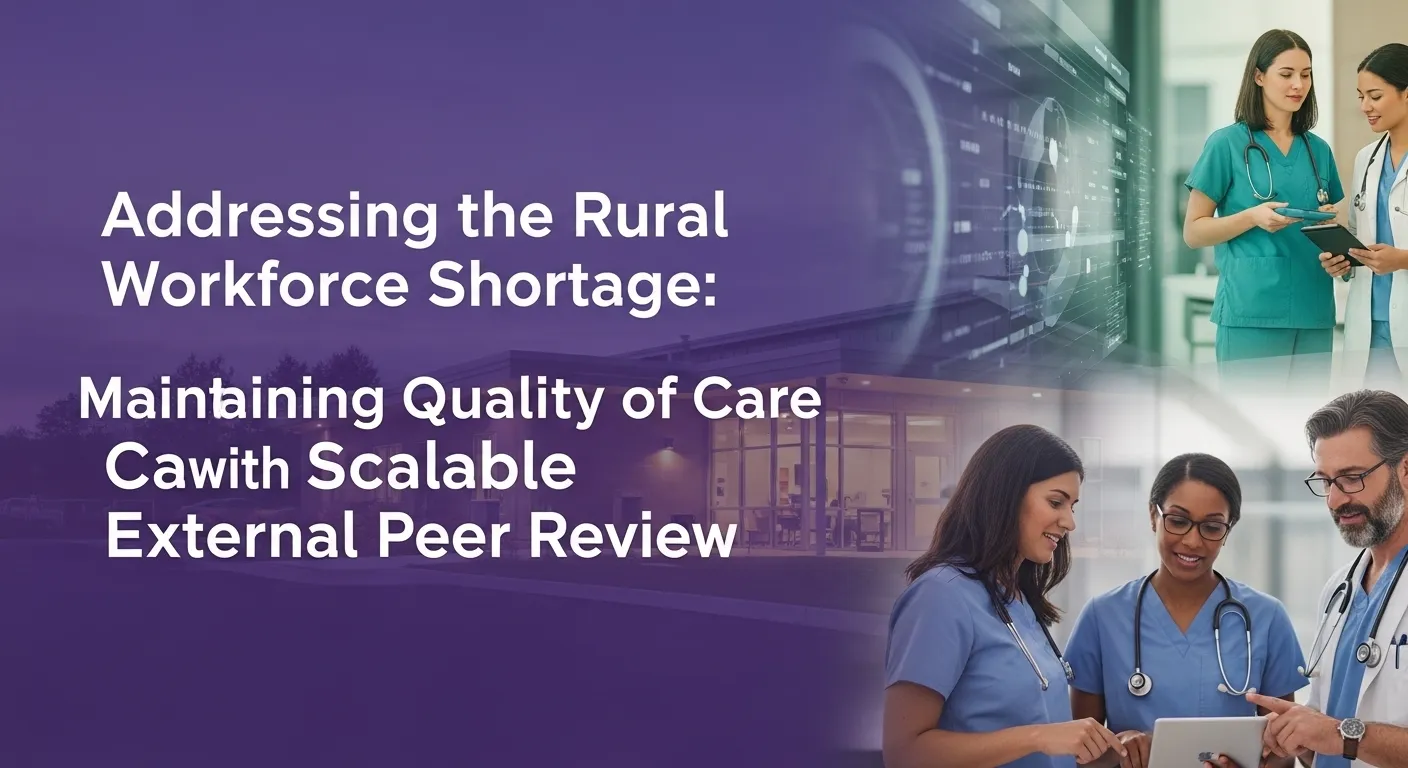
Table of Contents
Cybersecurity Meetings: 3 Proactive Steps to Protect Your Healthcare Org's Data
Healthcare cybersecurity meetings equip staff with the information they need to keep data in safe hands. Consider three easy steps to safeguard your data.
Up-to-date software and firewalls can only take a healthcare organization so far: robust communication is the backbone of secure data. Dedicated cybersecurity meetings ensure that team members are in the know about org technology systems and the threats they face. Here is a blueprint for sessions to keep your healthcare organization's data safe.

Who needs to attend?
Ideally, the whole organization stays informed on their information systems, but since medical professionals are time-crunched, meetings may need to be limited to leadership and directors. Attendance from the IT department is essential, including any company's cybersecurity partners. Anyone who administrates data systems should also attend, and if not, develop a plan to inform them of meeting findings, so that information about crucial threats reaches the "front lines..
Agenda
Upcoming system changes and events must be front and center for a healthcare organization's cybersecurity meetings. If admins plan to migrate data or update systems soon, this should be communicated at the meeting so that staff has time to prepare. Changes in access to important systems are also noteworthy. This foresight reduces the risk of human error caused by last-minute changes.
The meeting also allows staff to warn other team members of cyber threats they experience daily. For example, it may help some organizations to dedicate time during the meeting for staff to warn each other of recent phishing attacks they have seen or suspicious activity circulating in the health system.
Sending out the agenda two weeks before the meeting helps leaders accurately assess the latest cybersecurity threats and system changes. This way, the organization can safely navigate updates while keeping cybersecurity top of mind.
Roadmap
Finally, if an organization plans to adopt a cybersecurity framework, leaders should create a roadmap of the progress towards compliance with this goal. Whichever framework is right for your organization, leaders must share a roadmap that documents security milestones and goals so employees can remain informed. Roadmaps include:
- Steps towards compliance
- Security benchmarks
- Threat assessments
- Security strengths and weaknesses
Cybersecurity Meetings Look Different for Every Organization
Each healthcare institution has different data needs and threat levels, so the contents of cybersecurity meetings vary. Some may require fewer attendees, while systems with more data need longer, more in-depth discussions. Regardless of how your organization chooses to conduct cybersecurity meetings, make sure they happen at least monthly because keeping data safety top-of-mind for staff keeps information secure.
For 5 ways to secure your organization's data, click here.

Value-Based Care for FQHCs: How External Peer Review Drives Better Outcomes and Sustainable Revenue
Medplace external peer review helps FQHCs thrive in value-based care. Gain objective insights, cut compliance risk, reduce admin burden, and boost quality, provider satisfaction, & revenue.
.png)
.png)

Addressing the Rural Workforce Shortage: Maintaining Quality of Care with Scalable External Peer Review
Combat rural healthcare shortages and maintain quality with scalable external peer review. Medplace offers objective, specialty-matched reviews, reducing burden and ensuring compliance.
.png)
.png)

Unlocking Rural Health Transformation Grants: Leveraging Peer Review for Measurable Quality Outcomes
Medplace's external peer review transforms rural health grant applications. Objective, specialty-matched insights enhance documentation, compliance, and measurable quality outcomes.
.png)
.png)



.png)

.png)
.png)


.png)




.png)